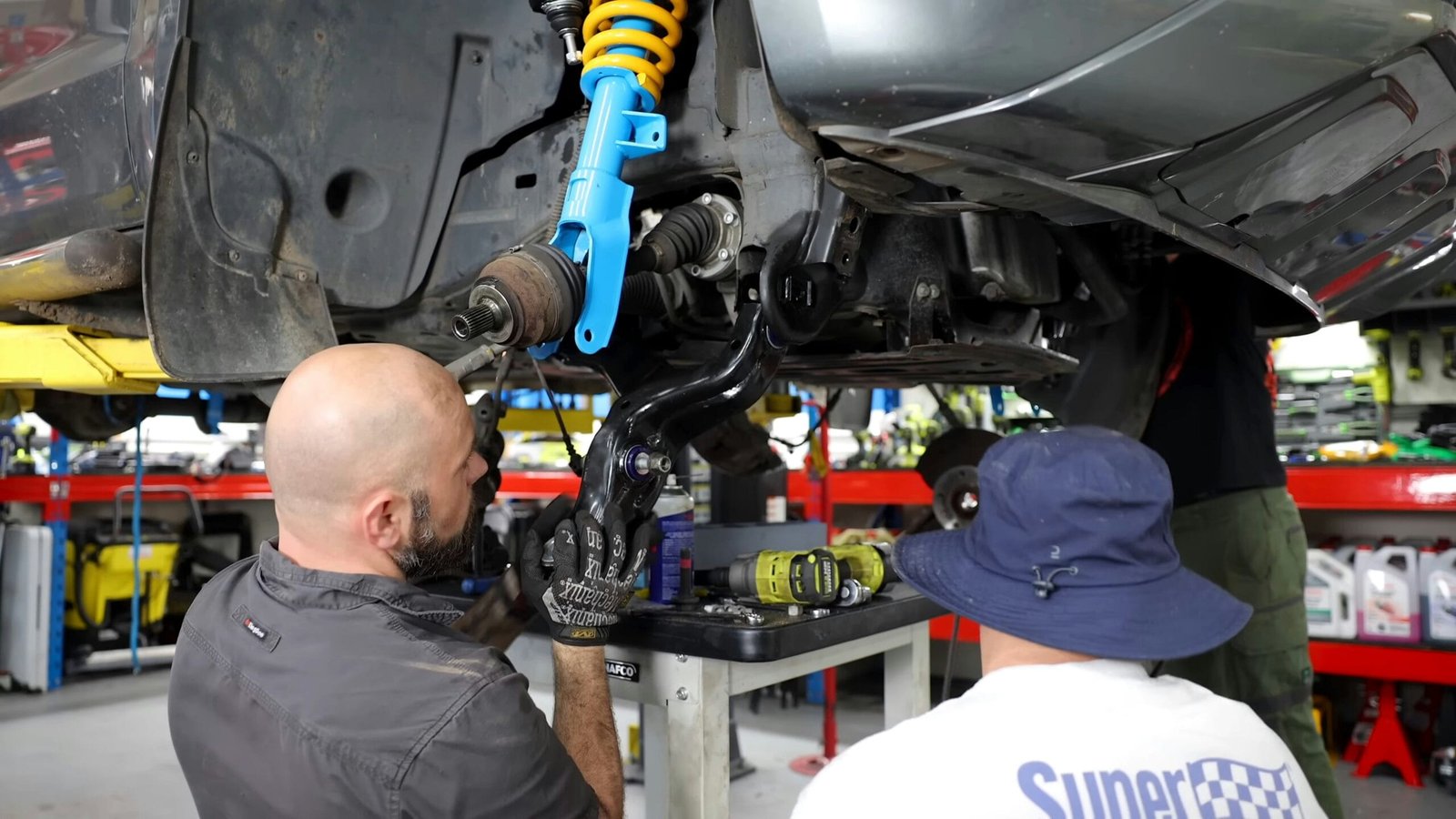Transporting bulk cement is a complex process that requires strict adherence to various regulatory frameworks. These regulations are designed to enhance safety, minimise environmental impact, and ensure the efficiency of operations. In this blog, we will explore the key compliance areas that bulk cement transporters must navigate, including weight limits, environmental laws, and safety standards.
1. Understanding Weight Limits in Bulk Cement Transport
Weight restrictions are one of the most critical compliance aspects in bulk cement logistics. Exceeding legal weight limits can lead to significant fines, increased wear on road infrastructure, and heightened safety risks.
- Gross Vehicle Weight (GVW) Limits: In the UK, the maximum GVW for heavy goods vehicles (HGVs) is typically 44 tonnes for a six-axle vehicle. Regulations vary by country and region, so operators must verify legal thresholds in their jurisdictions.
- Axle Weight Limits: Distributing weight evenly across axles prevents excessive road damage and improves vehicle stability. Authorities enforce axle load restrictions to avoid road wear and enhance safety.
- Weighbridge Compliance: Many regions mandate weighbridge checks to confirm compliance. Investing in on-site weighing systems can help operators proactively manage load limits.
Best Practices for Weight Compliance
- Use onboard weighing systems to monitor loads in real time.
- Train drivers on weight distribution techniques to prevent overloading.
- Schedule regular vehicle inspections to ensure compliance with legal limits.
2. Environmental Regulations: Reducing Cement Transport’s Ecological Footprint
Cement transport has environmental implications, particularly regarding dust emissions and fuel consumption. Regulatory bodies enforce stringent environmental laws to mitigate these impacts.
- Emission Control Standards: Heavy-duty vehicles must comply with Euro 6 emission standards in the UK and Europe, which limit nitrogen oxides (NOx) and particulate matter emissions.
- Dust Suppression Measures: Uncontrolled cement dust release can cause air pollution and health hazards. Operators should implement sealed tanker systems, filtration units, and controlled loading/unloading procedures to reduce airborne dust.
- Sustainability Initiatives: Many companies are adopting low-carbon fuels, electric vehicles, and optimized route planning to lower carbon footprints and enhance sustainability.
Environmental Best Practices
- Regularly service vehicles to ensure they meet emission standards.
- Implement airtight bulk cement tankers to prevent dust pollution.
- Adopt fuel-efficient driving techniques and route optimization tools to reduce emissions.
3. Safety Standards: Protecting Workers and the Public
Safety in bulk cement transport extends beyond vehicle compliance to driver training, secure loading/unloading, and emergency preparedness.
- Driver Training & Certification: Drivers must undergo specialized training for handling hazardous materials, defensive driving, and emergency response.
- Load Securing Regulations: Proper securing of cement loads prevents spillage and accidents. Secure hatches, locking mechanisms, and pressure relief systems are essential safety features.
- Health & Safety Compliance: Companies must adhere to Workplace Health and Safety (WHS) regulations to protect employees from exposure risks, mechanical failures, and operational hazards.
Safety Best Practices
- Provide ongoing safety training for drivers and staff.
- Use automated pressure control systems to prevent tanker over-pressurization.
- Conduct routine safety audits to identify and mitigate risks.
Conclusion: Staying Ahead in Compliance
Navigating bulk cement transport regulations requires a proactive approach to compliance. By adhering to weight limits, environmental laws, and safety standards, companies can avoid penalties, improve operational efficiency, and build a reputation for reliability. Investing in technology, continuous training, and sustainable practices will not only ensure regulatory compliance but also position transport businesses for long-term success in an evolving industry.
Staying informed about regulatory updates and best practices is crucial for bulk cement transporters. Partnering with industry experts and leveraging innovative solutions can help companies maintain compliance while optimizing their logistics operations. By taking a proactive approach to compliance, businesses can thrive in a competitive and heavily regulated market.






